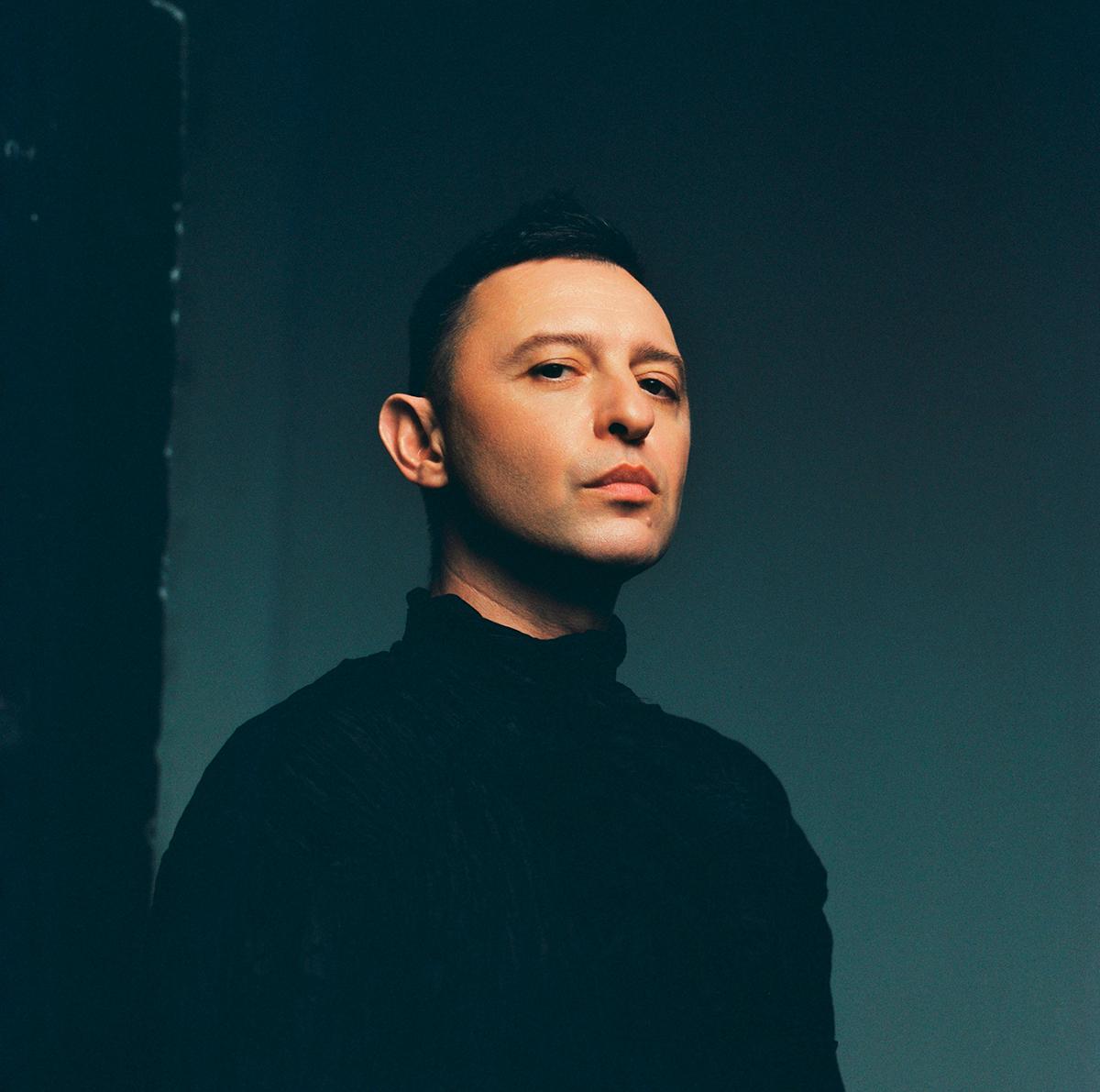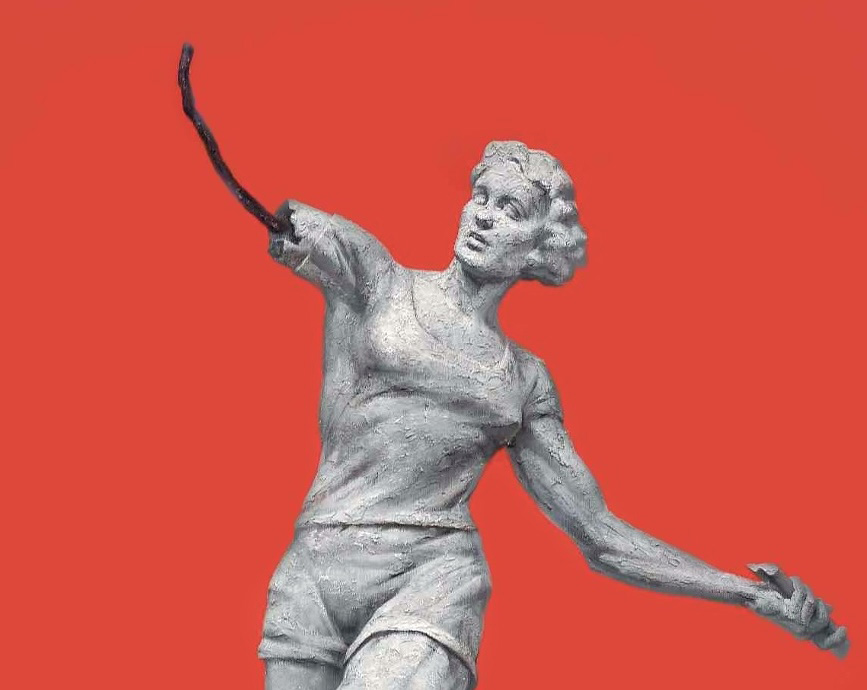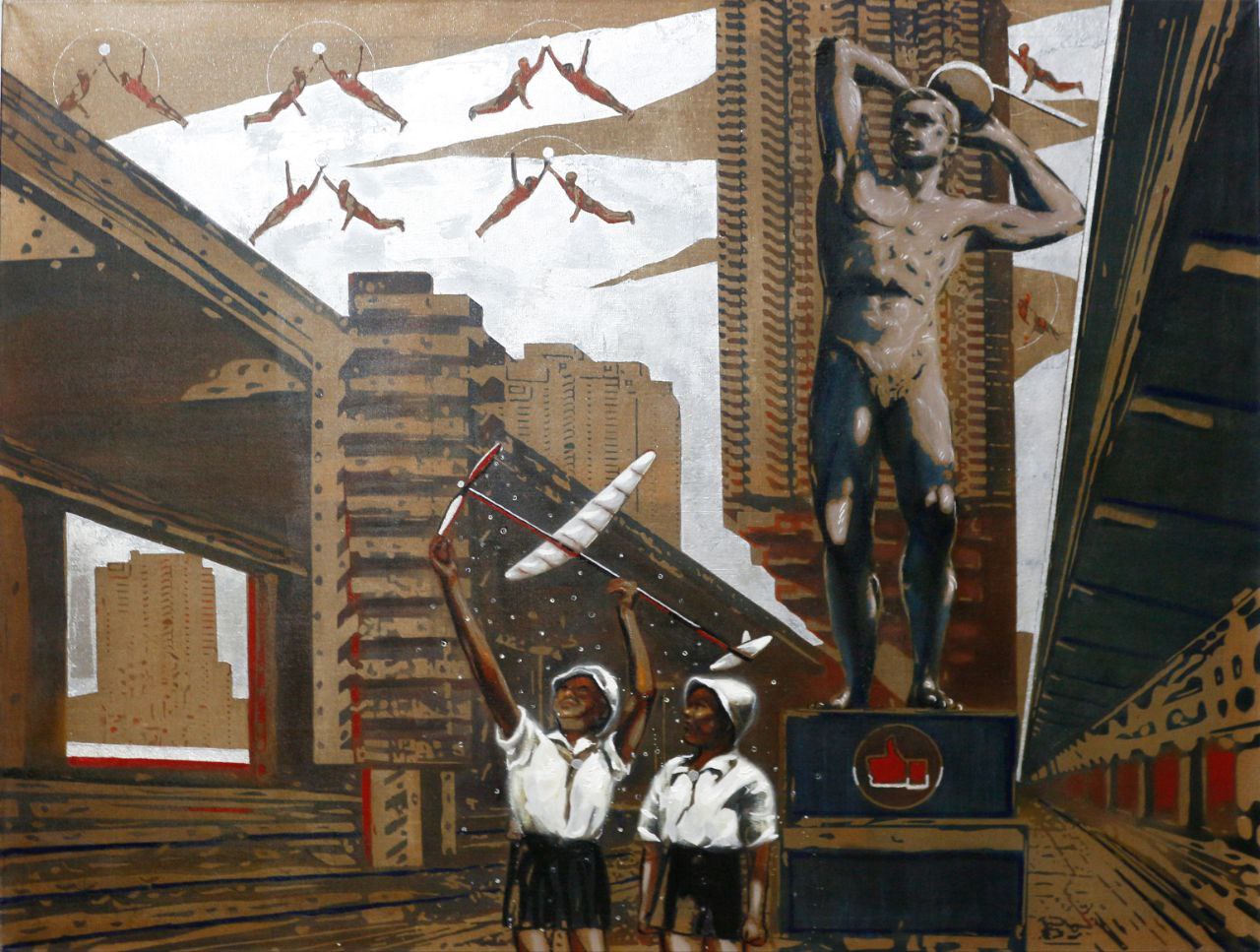Erarta Museum of Contemporary Art presented an exhibition by the Chinese photographer Ying Yin who has travelled across Hokkaido aboard the Wind of Okhotsk train and captured the white silence in her photographs
-
Three minimalist series reporting on a metaphysical trip
-
Fragments of reality framed by pristine shiny emptiness
-
Unusual scenes and compositions referencing traditional Chinese ink paintings and medieval scrolls
As any photographer fond of travel, China-born Ying Yin finds it hard to walk past the groups of smiling kids, picturesque old men with sad eyes, and dilapidated shacks sitting alongside skyscrapers. She has shot Oriental markets, NYC high-rises, and traditional views of sakura trees in full bloom, but gained renown for her series of subdued snowclad landscapes offering a vision of Japan far removed from the lights of Ginza. Some routes are particularly favoured by travel photographers. Europeans, for instance, deem it a matter of honour to ‘do’ the Trans-Siberian Railway in an economy sleeper. Born in a place where it rarely snows, Ying Yin did not venture on that famed journey, but chose a trip that seemed no less challenging. In 2015, she embarked on her first tour from Sapporo to Abashiri across the snows of Hokkaido island onboard the poetically named Wind of Okhotsk train.
Along the way, the photographer captured fragments of reality framed by pristine shiny emptiness. Such mundane structures as utility sheds, small shops and vans, looking like toys against the dreamlike white expanse in which the European eye vainly searches for the horizon, gain a metaphysical quality in Ying Yin’s landscape snapshots.
Traditional Chinese paintings, especially scrolls illustrating a certain narrative, often feature unusual compositional arrangements: mountains, trees, and buildings floating in midair or humans appearing unnaturally small – or, on the contrary, huge. Pursuing the effect of a watercolour drawing on a snow-white sheet of paper, Ying Yin, perhaps unconsciously, shuns the lifelike linear perspective. Just like on the medieval scrolls, unfolding in the alleyways of Japanese backwaters are the eternal mythological scenes of men braving the elements and survival against all odds. Here we see women carrying bags of groceries into a luminous void, and there a little girl who had gone out into the street to play and found herself between sky and earth.
The more dazzling the whiteness, the brighter the faded advertising board or the mosque-tile-blue roof of someone’s house. More ideas of things than things themselves, these images convey the intensity of life. Like a report on some metaphysical trip, they describe not so much the daily life and customs of some hard-to-reach place, but the very idea of the flow of life, the annual cycle of death and rebirth. Even if the modern viewer fails to appreciate the watercolour-like charm of these pictures, seeing them instead as not fully loaded textures from some imaginary digital realm, it will speak to the fact that Ying Yin’s photographic series cuts to the core of being. In reality and on the monitor alike, we are witnessing worlds emerge and disappear. Ying Yin’s images bear witness to this process.

Ying Yin was born in Shanghai, China, and is currently based in Japan. Having grown up in an old mansion in a busy city, she is fascinated by architecture and historical heritage. Ying Yin specializes in exploring the unseen side of the city during her travels, often as a spectator, conveying the symbiotic relationship between architecture and people through emotionally charged scenes. Her creations are often based on reality, but transcend the physicality of life itself to create a surreal context.
Supported by:






